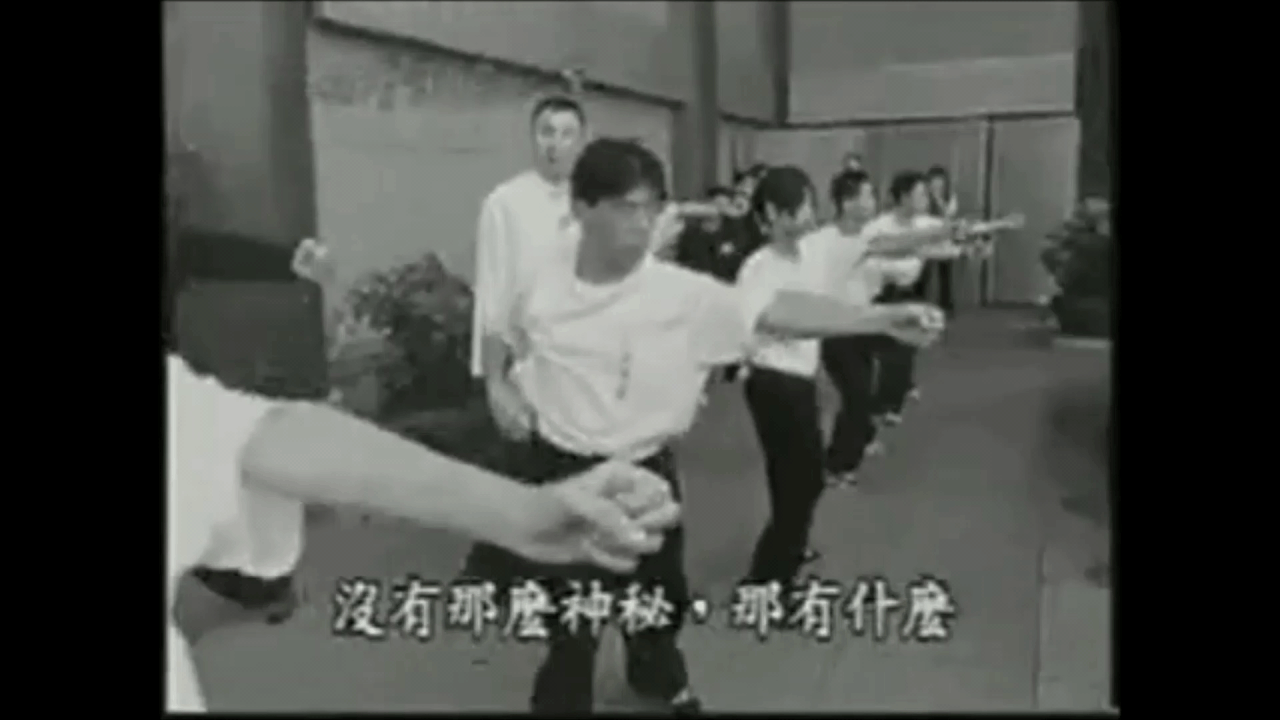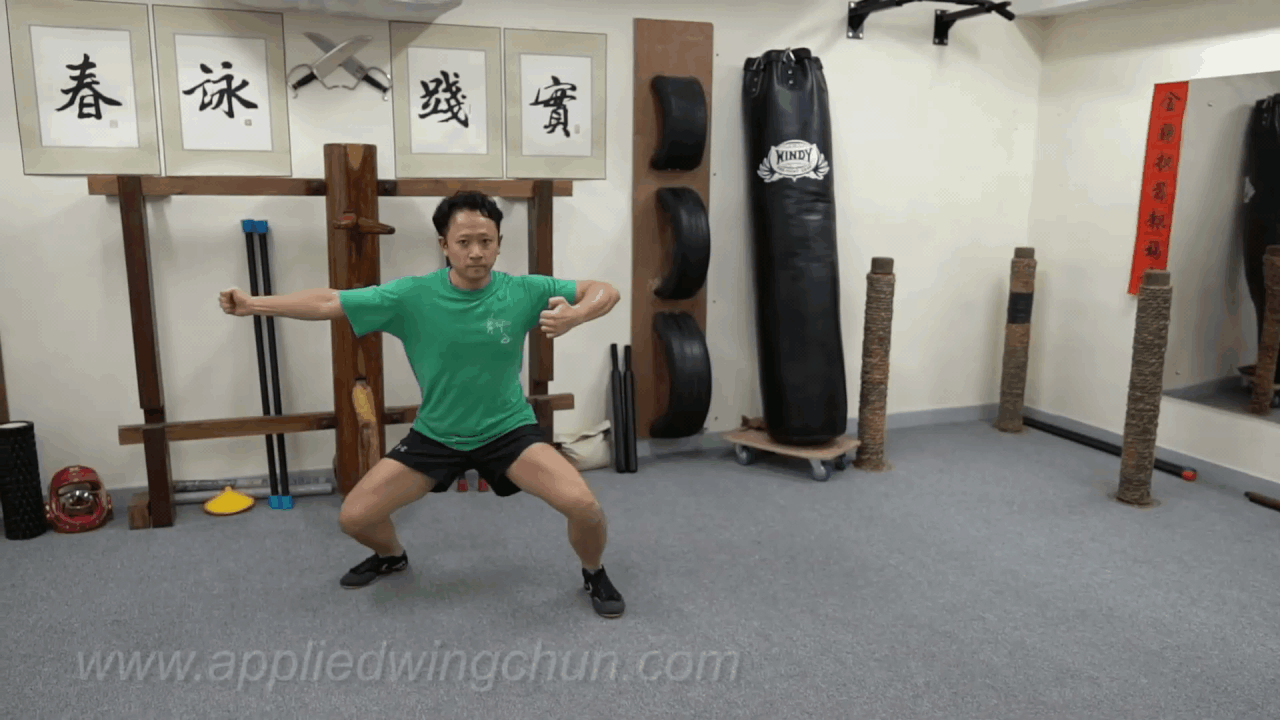Flying Crane
Sr. Grandmaster
@geezer I think what you may be experiencing here is the application of a methodology on a platform for which it wasn’t designed. Wing Chun has a methodology and a foundation upon which it works. A method like Tibetan Crane, that uses the kind of rotation that you are describing, functions on a different foundation and also works very very well. There is no right or wrong here. They both work well, provided they are on the proper foundation for which they were designed. This is why I say consistency in the methodology is very important. For example, when people mix elements from different systems, I feel they often overlook this point and end with a mix of things that don’t work well together, even though each of those things works very well when in the proper context of the methodology for which they were designed.Pivoting without forward pressure (or forward intent) tends to lead to withdrawing energy on one side to throw it back on the other. We find this to be problematic. In a tan-sau and punch movement for example, we do not withdraw energy with the tan-sau. Instead, we express a soft, flexible forward pressure with the tan-sau and a strong, explosive pressure with the punch.
.
I think this is often an error that people make when they look at different systems through the lens of the system that they train. That is a biased view and can lead to inaccurate conclusions.
Last edited:


